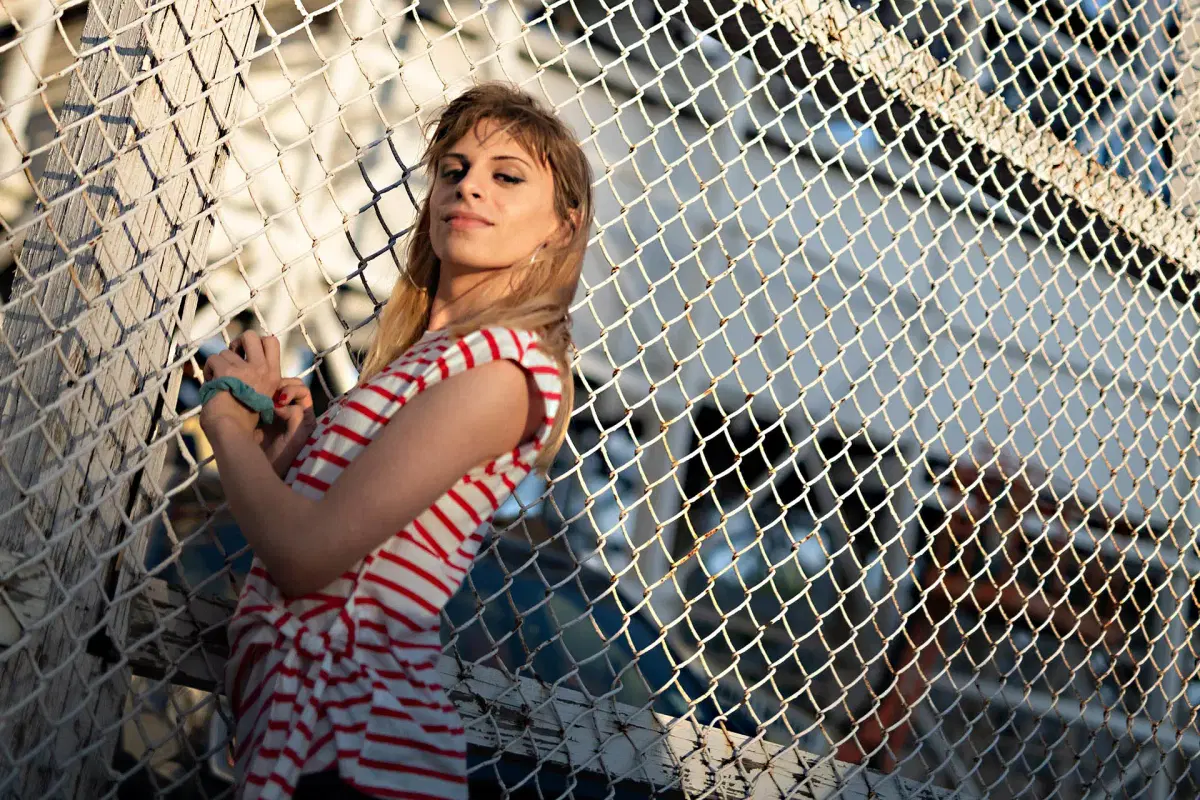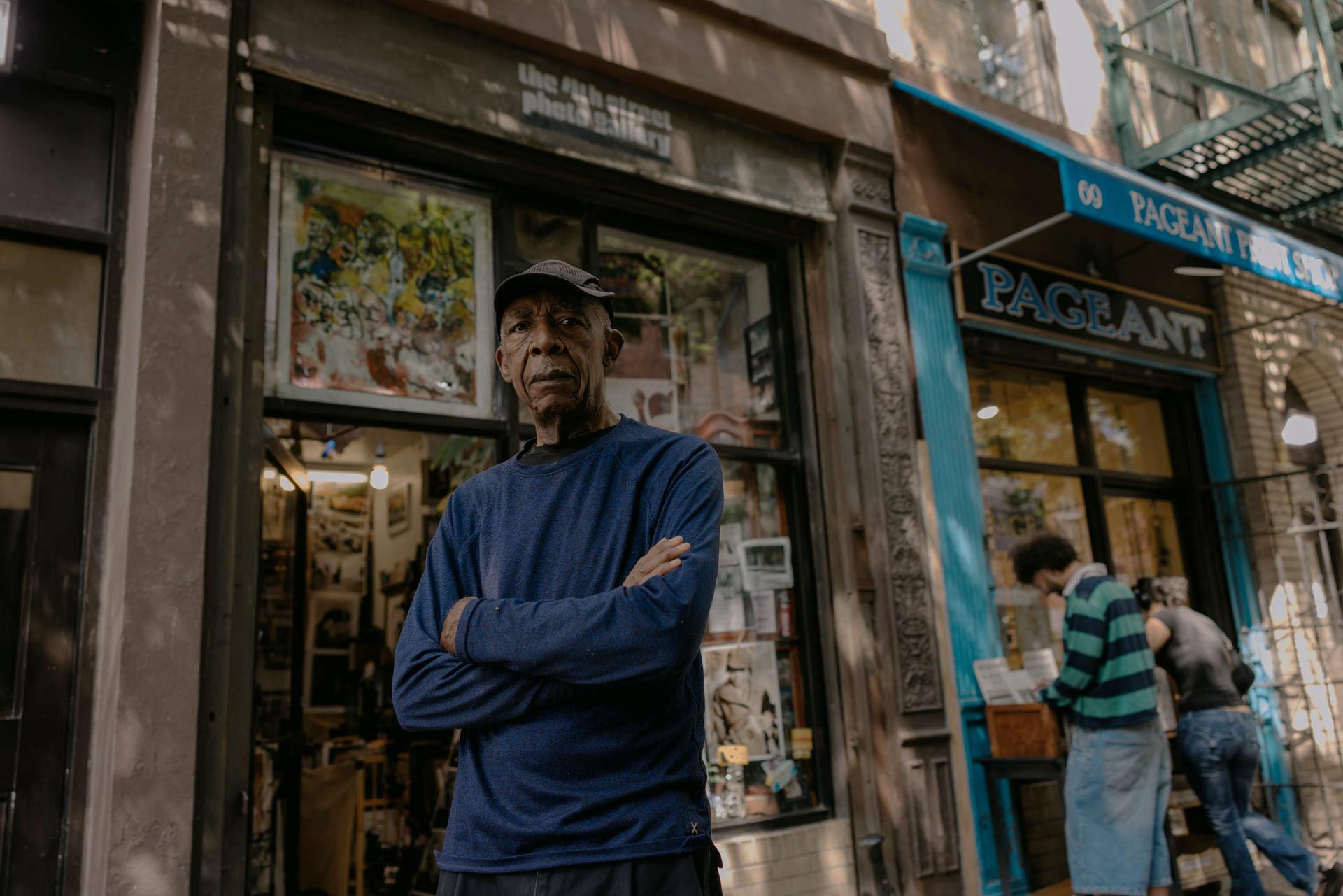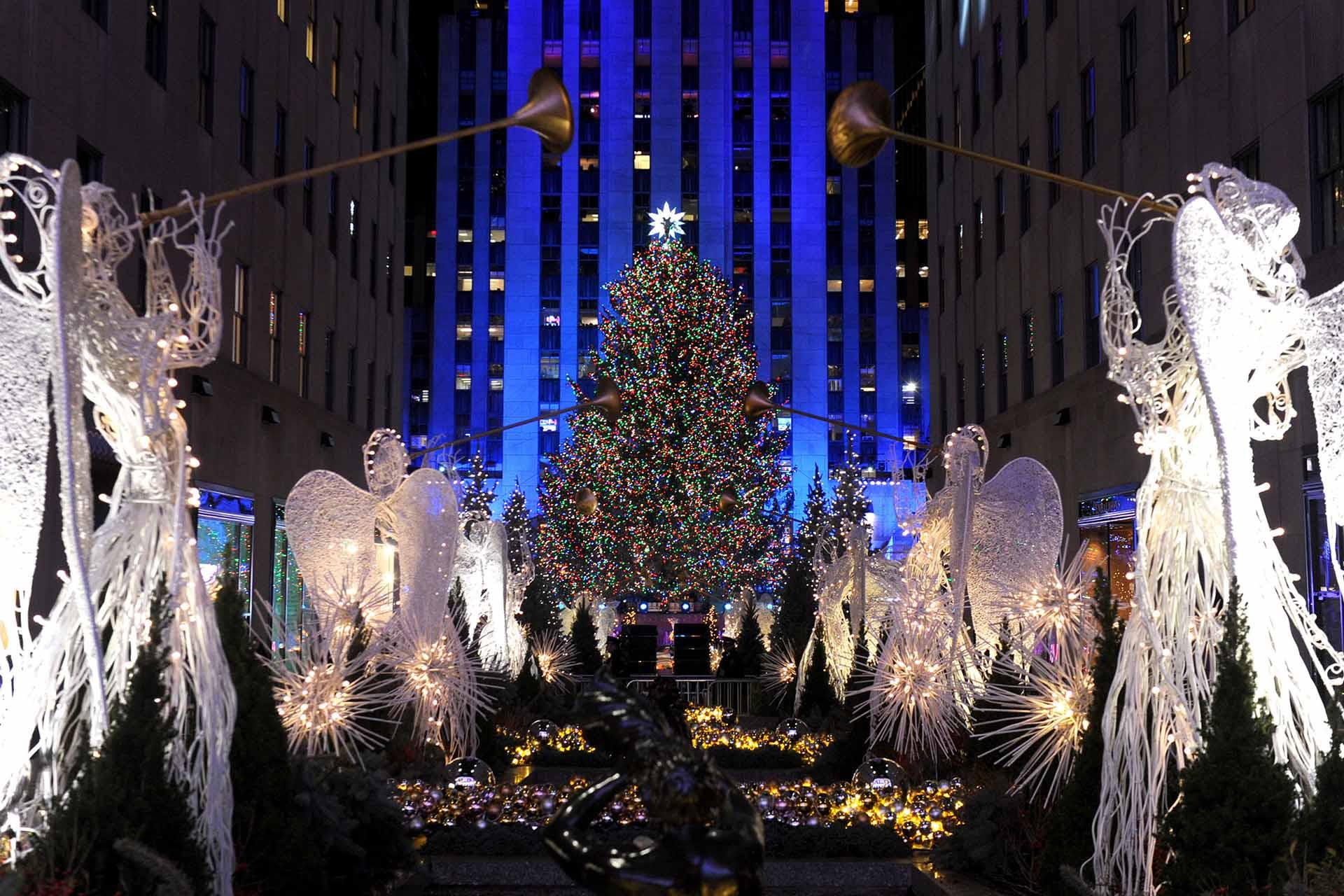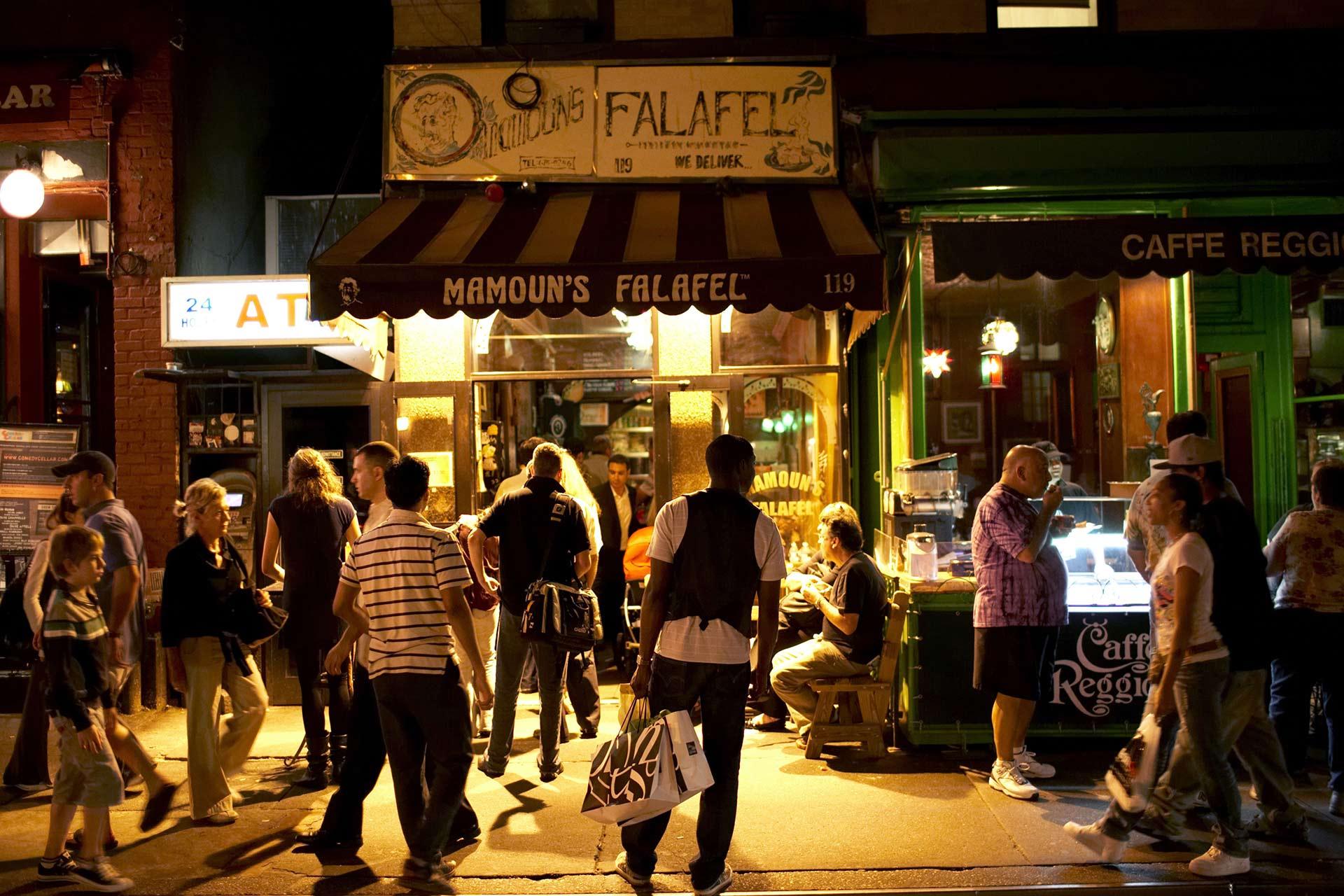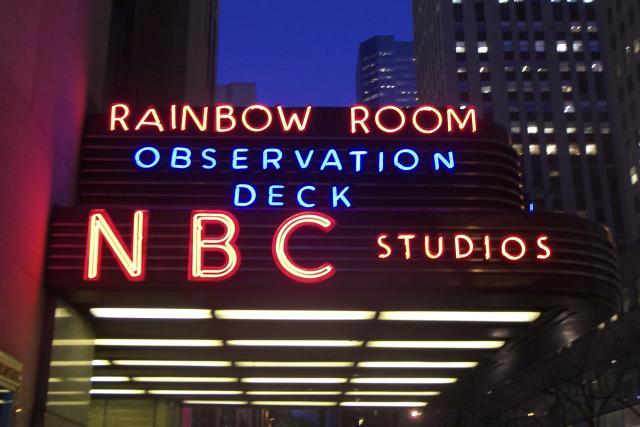Despite having spent the last decade in the public eye, Desi Napoles is just like any other New York City high schooler: they love shopping, hanging out with friends and keeping up with the latest trends on social media. Unlike the average teenager, however, Napoles is also an award-winning LGBTQ+ rights advocate, accomplished performer, published author, runway model and so much more.
Napoles was first catapulted into the spotlight in 2015, when a video of them sashaying through the NYC Pride March at 8 years old took the internet by storm. Following their rise to internet fame, Napoles began performing as Desmond Is Amazing, a rainbow- and glitter-clad “drag kid” who upset their platform to spread a universal message of positivity and self-empowerment.

Now 17 and preparing for the possibility of college, Napoles’ dedication to championing queer “power and visibility,” as they put it, has become stronger than ever. Having taken a step back from drag to focus on their education and advocacy work, Napoles is stepping fully into their own power—and they’re not afraid to call out those who seek to strip it away.
We caught up with Napoles after a busy day of high school and homework to chat about growing up queer in the City, and the growing importance of advocating for and with LGBTQ+ youth.

You've been an outspoken LGBTQ+ rights advocate since you started performing in drag at age 8. How has your advocacy evolved in recent years?
Desi Napoles: Growing up, I always thought the world would have become a better place by the time I’m the age I am now. Looking back, that was kind of naive to think. I have faced a lot in the short amount of time that I've been alive. I’ve seen gay marriage be legalized, and then people wanting to already take it away within just a decade…. So for my advocacy, I’ve always taken it slow, but now that we're in such a turbulent time, it’s important that you’re outspoken and loud.
New York City is considered one of the safest places in the US to be an out and proud LGBTQ+ person. What have you loved about coming of age as a queer person in NYC?
DN: I’ve always been happy that I was born here—I’m a native New Yorker. I think people come here because they feel safer and can be more open than in a smaller city; this is the biggest city in America, and it’s one of the most outspoken cities. This is where gay rights originated with the Stonewall Uprising. So, growing up in New York City has definitely given me an advantage, of being able to be powerful.

Speaking of NYC's advantages, what are some of your favorite sights, restaurants and places to shop in the City?
DN: Staten Island Mall, Coney Island, Rockaway Beach and Central Park, of course. I prefer the Manhattan Bridge over the Brooklyn Bridge: it’s the better view because you’re able to get the Brooklyn Bridge in the background. The train ride across the bridge is one of the best rides of any subway.
For restaurants, it’s Ayada, a Thai place in Chelsea Market—they have the best spring rolls.
[For shopping], it’d be thrift stores. You can always find the weirdest stuff, but some of the most amazing treasures, and there's thrift stores in every borough. Repeat Boutique is in the middle of Staten Island and they sell old 2000s clothing for very cheap—that’s my favorite style.


New York is a sprawling city with so much to do. Where do you go to find community among other young queer people?
DN: Of course, high school—you can have a GSA (Genders & Sexualities Alliance) in high school here, and that’s definitely an amazing way to meet other people who are like you so you don’t feel alone in school. Also, advocacy groups like the Teen Activist Project, which is part of the NYCLU. They do amazing work for New York State, but they are mainly focused in the City. I was part of their New York City chapter, and I’ve met a lot of amazing queer people from that.

Who are some people within the LGBTQ+ community, both living and passed on, who have influenced your work?
DN: Let’s start with the deceased: I would have to say the people who fought for our rights at Stonewall. I’m sure I can’t name all of them, but I can name Marsha P. Johnson and Sylvia Rivera, who fought for trans rights back when even gay people weren’t that accepting of [trans people]. As well as all the amazing souls that we lost during the AIDS epidemic, when the gay community was so vilified and didn’t have a support system.
For living: RuPaul, Laverne Cox and Alex Consani—she’s a transgender model, and I’m a transgender model. My biggest living inspiration [though] is all the trans people who are just living their lives freely.
What’s your most optimistic dream for the future?
DN: For people to be more happy and not be so politically divided. I don’t think the rights of people should be a political issue in a country that’s called the land of the free—it’s an oxymoron.
This interview is a part of our Trans Voices series, in which trans people in NYC share their unique backgrounds, experiences and perspectives on the City.
Chala June (@chala.gram) is a genderqueer Congolese American writer, chef and cultural artist based in Brooklyn. Their work examining the intersections of culture and identity has appeared in publications including Bon Appétit, Them and Condé Nast Traveler.
Res Julian is a Brooklyn-based photographer, artist and educator whose work looks at the fluidity of identity.

